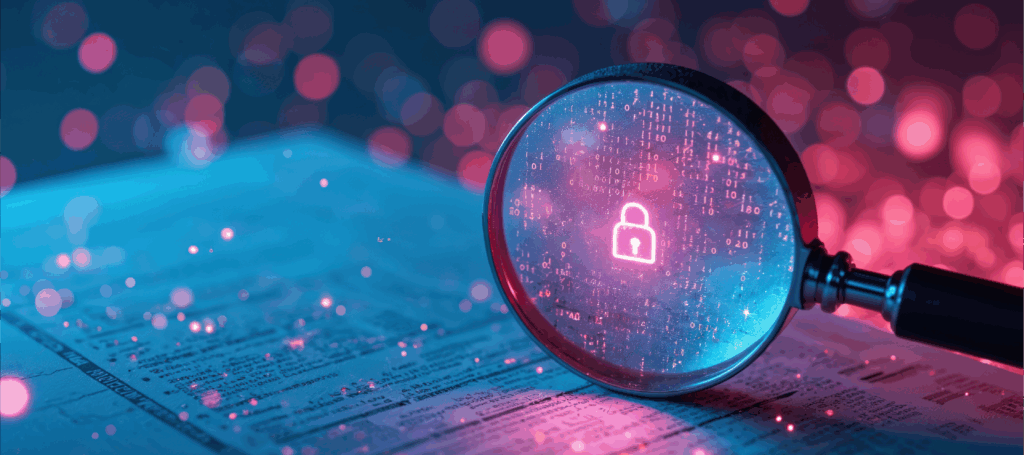Whether it’s in response to a pandemic, hurricane, wildfire, or cyberattack, disaster recovery has perhaps never been so top of mind to so many. Disaster recovery is a critical component to your IT infrastructure as it can decrease the damage a disaster can cause to your business and enable it to recover operations more quickly. Natural disasters, equipment failure, and cyberattacks are the most common causes of IT disasters, and typical aspects of a disaster recovery plan include emergency procedures staff can rely on, a list of critical IT assets and the maximum amount of time they can be down, and tools and technologies specific to recovery.
Disaster recovery plans are important because they allow your business to continue operating with minimal interruption in the event of a disaster, limit or control the extent of damage caused, lower staff stress levels by providing them with a clear path forward, and restore mission-critical services in the least amount of time. Below are the four main aspects to consider when creating an effective disaster recovery plan.
- Defined threat surface: The nature of one’s business, the geographical location, and other factors may make some disasters more likely for certain types of businesses. For example, businesses in the path of a hurricane or tornado would do well to keep servers far from windows and off the ground, but that does nothing in the case of a cyberattack. An effective disaster recovery plan is one that protects the business from the threats it is most likely to face.
- Complete asset inventory: Organizations of all sizes require a variety of assets to function daily, such as network equipment, servers, workstations, software, cloud services, and mobile devices, just to name a few. Make a list of all assets and divide them into critical (business cannot function without it), important (seriously hinders business capabilities to lose), and other (nice to have, but no major business impact). Determine the longest amount of time your business can be afford to be down, which will help you determine your Recovery Time Objective for critical assets. Your disaster recovery plans should be designed to help you bring operations back within that RTO.
- Data recovery solution: Regardless of what disaster your business faces, being able to replicate data is likely the key to remaining operational. There are many factors to consider here, such as where your data is backed up to and how often it is backed up. There is no one-size-fits-all approach to data recovery.
- Regular testing: Just as systems can fail in a disaster, backups can too. That’s why it’s important to periodically test that your backup system is working properly and that your data is able to be restored. Additionally, just as businesses change, so should their disaster recovery plan. Your overall plan should be reviewed regularly to ensure it’s up to date and effective, and it should take into account new technological and human assets.
During a disaster, it can be hard to focus on getting systems back online. That’s why planning ahead can prevent panicking later. Buying an umbrella when it isn’t raining better prepares you for when it is, because if you wait until it’s raining to buy an umbrella, you may not be able to. Create a plan now, before the storm, and keep it up to date to ensure you are covered when it matters most.



